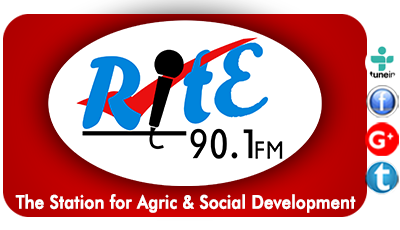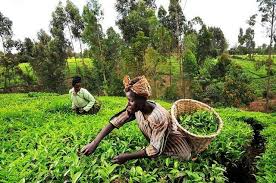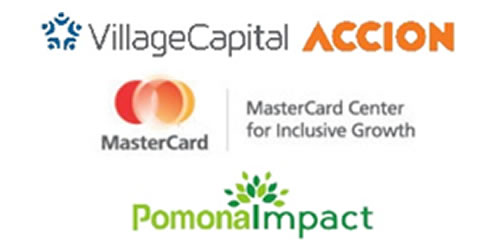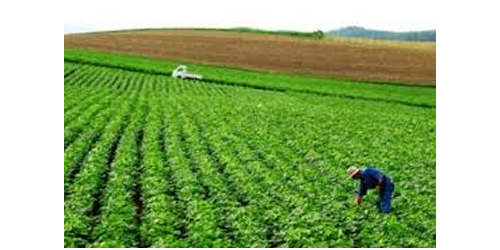Census counts technology as key in agriculture
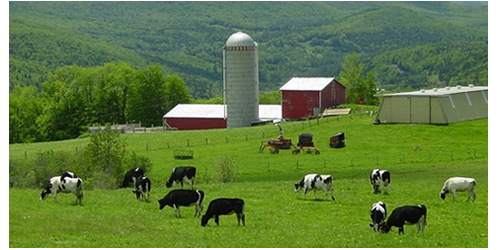
Technology development and transfer has been identified as key in the agricultural sector of Botswana, and has been selected as one of the key components of the forthcoming census. Statistics Botswana in collaboration with the Ministry of Agriculture will conduct the 2015 Agricultural Census from January to December this year.
Data collected through the Agricultural Census is used by the Agricultural sector (especially the Ministry of Agriculture) to develop policies and programmes to improve the performance of the agricultural sector in Botswana.
This includes technology development and transfer, diversification and commercialization. According to local researchers and scientists, technology development is a response of scientific knowledge to the changing needs of consumers, farmers, community, country, and world trade. “In the late 1960s and early 1970s there was a need to increase total production by intensive agriculture.
However, in the 1990s, the emphasis has shifted towards technology development that considers farmers’ needs, uses indigenous technology to complement scientific developments, and gives due consideration to sustainability of natural resources and other environmental concerns.” Technology development and transfer are dynamic, and the success of a new technology is determined by its adaptability to, and is adoption by, the client groups.
It requires a good research and extension infrastructure, congenial policies, and market for the commodities. Improved technologies need not be innovations, but could be reallocations of resources, and realignments of components of existing practices to match the needs of farmers and agro-socioeconomic conditions.
The Government of Botswana continues to rely on agricultural censuses and annual agricultural sample surveys of crops and livestock to produce agricultural statistics to inform policy decision-making. Agricultural censuses are conducted every ten years primarily to establish new baseline data and provide a new framework for subsequent annual surveys. The first Agricultural Census was conducted in 1971, and it focused only on livestock.
The first Agricultural Census to cover both crops and livestock was carried out in 1982. The second Agricultural Census was held in 1993, while the last one was done in 2004. All past Agricultural Censuses were conducted by the then Central Statistics Office (CSO) in collaboration with the Ministry of Agriculture and sometimes with technical assistance from Food Agricultural Organization (FAO) as was the case in 1993.
The Ministry of Agriculture’s vision is to attain food security and global competitiveness for agriculture products. The Agricultural Census provides reliable and quality statistics that enable this vision to be achieved. Statistics Botswana utilizes Statistical Methods and Standards that are globally adhered to in order to provide data that are comparable internationally, thereby enabling the production of competitive agricultural products.
The target group for data collection is both the traditional and commercial agricultural holdings. The traditional agricultural holdings are in rural areas, including urban villages, while the commercial agricultural holdings are on agricultural farms or ranches on freehold land, leasehold land and Tribal Grazing Policy Land (TGLP) on communal land. Data collection will start in January, 2015 and finish in December, 2015.
Source: © Biztechafrica.com
